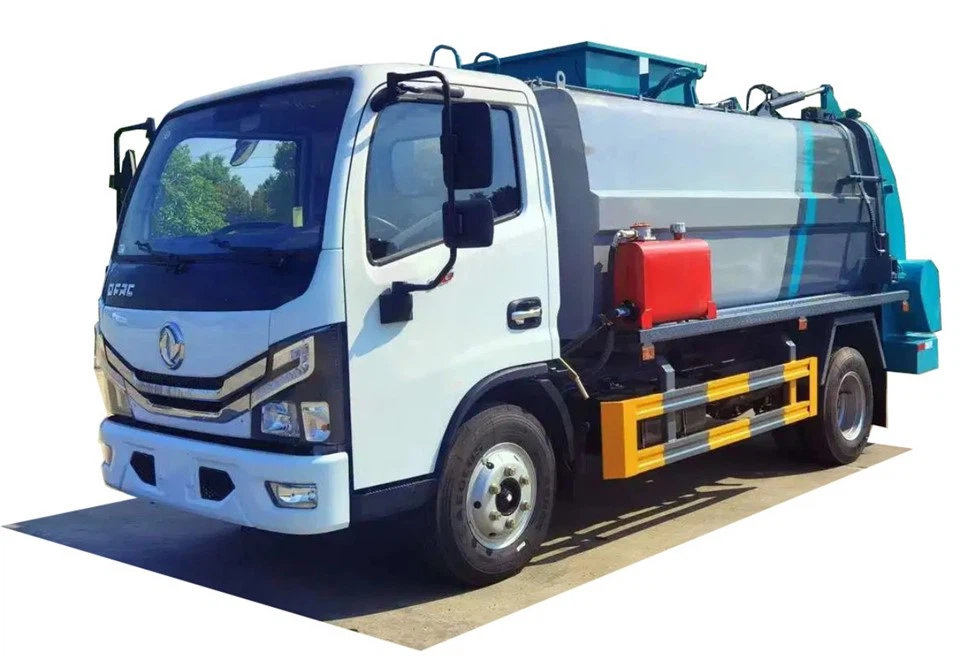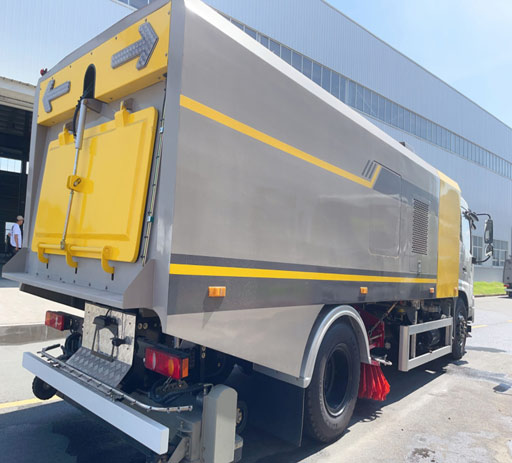Everything You Need to Know About Septic Tanker Trucks

Introduction to Septic Tanker Trucks
Septic tanker trucks are essential vehicles used in the sanitation industry for the collection, transportation, and disposal of wastewater and sewage from septic systems. Understanding their operation, types, features, and maintenance is crucial for homeowners, businesses, and sanitation professionals. This article will explore everything you need to know about septic tanker trucks, covering various aspects from their working mechanism to practical tips for choosing the right truck.
The Purpose of Septic Tanker Trucks
Septic tanker trucks serve a vital role in managing wastewater effectively. Here are some key purposes:
1. Wastewater Collection
Septic tanks accumulate sewage and other wastewater, and when they reach their capacity, a septic tanker truck is called to pump out the waste. This process helps prevent overflows and environmental contamination.
2. Transportation
Once the waste is collected, it is transported to treatment facilities or designated disposal sites. This is where the waste undergoes treatment before being released back into the environment.
3. Environmental Protection
By efficiently transporting sewage and wastewater, septic tanker trucks play a critical role in protecting water sources and promoting public health.
How Septic Tanker Trucks Work
Understanding the operation of septic tanker trucks is essential for effective waste management. Here’s a breakdown of their functionality:
1. Pumping Mechanism
Septic tanker trucks are equipped with powerful vacuum pumps that create a suction effect to draw out waste from septic tanks. These pumps are usually mounted on the truck chassis, which allows efficient waste collection.
2. Tank Design
The trucks have a specialized holding tank made of high-quality materials to withstand corrosive liquids. The tank design also includes features like baffles to prevent waste from sloshing during transport.
3. Discharge System
After transport, the waste is discharged at treatment facilities using a rear or side discharge valve. This system allows for safe and efficient waste disposal.
Types of Septic Tanker Trucks
There are several types of septic tanker trucks designed for different applications and sizes:
1. Standard Septic Tanker Trucks
These are commonly used for residential and commercial septic pumping services. They typically hold between 1,000 to 3,000 gallons of waste.
2. Vacuum Trailer Units
These are smaller and can be pulled by a vehicle rather than being mounted on a truck chassis. They are great for tight spaces or smaller jobs.
3. Specialized Tankers
Some trucks are built for specific industries, such as food service or industrial sites, where the waste may contain substances that require additional attention or treatment.
Key Features of Septic Tanker Trucks
1. Tank Capacity
The tank capacity is a crucial factor for determining the volume of waste that can be collected. Common capacities include:
| Capacity (Gallons) | Typical Use |
|---|---|
| 1,000 | Residential Services |
| 1,500 | Small Commercial |
| 3,000 | Large Commercial/Industrial |
2. Vacuum Pump Capacity
The efficiency of the vacuum pump significantly affects how quickly a truck can operate. Truck-mounted vacuum pumps typically range from 500 to 1,500 CFM (cubic feet per minute).
3. Material and Durability
Septic tanker trucks are made from high-grade materials, typically stainless steel or aluminum, to withstand the corrosive nature of the waste.
Regulations and Compliance
1. Licensing and Testing
Drivers of septic tanker trucks must have special licenses and undergo training to ensure they understand regulations regarding safe sewage handling.
2. Environmental Regulations
Various local, state, and federal regulations govern the operation of septic trucks. Operators must follow specific guidelines for disposal to minimize environmental impact.
Best Practices for Septic Tanker Truck Operation
1. Routine Maintenance
Regular maintenance of the truck and its equipment is essential to ensuring safe and efficient operation. This includes checks for leaks, pump efficiency, and tank integrity.
2. Proper Disposal Techniques
Following appropriate disposal techniques helps avoid environmental contamination. Always adhere to your local disposal site regulations.
3. Ground Protection
Using mats or other ground protection methods when parking or operating the truck helps to prevent damage to landscaping and property.
Choosing the Right Septic Tanker Truck
1. Assess Your Needs

Consider the volume of wastewater you typically handle, access to pumping locations, and the types of projects you will undertake.
2. Compare Options
Research different manufacturers and models. Look for benefits like warranties, customer service, and long-term support.
3. Evaluate Costs
Factor in both the initial purchase price and ongoing maintenance costs. Investing in a quality truck can lead to savings in the long run.
Frequently Asked Questions (FAQ)
1. How often should I pump my septic tank?

Generally, every 3-5 years is recommended, but it depends on the size of your tank and the number of people in your household.

2. What should I do if my septic system is backing up?
If your septic system is backing up, stop using water immediately and contact a septic service professional for immediate assistance.
3. Can septic tanker trucks handle hazardous waste?
No, septic tanker trucks are designed primarily for residential and commercial sewage. Hazardous waste requires specialized vehicles and handling procedures.
4. How can I prevent my septic tank from overflowing?
Regular maintenance, careful water usage, and avoiding putting non-biodegradable items down the drain can help prevent overflows.
5. What’s the average lifespan of a septic tanker truck?
With proper maintenance, a septic tanker truck can last anywhere from 10 to 15 years or more.
6. Where can I find septic tanker truck services near me?
You can typically find local septic services through online searches, community directories, or by asking for referrals from neighbors.
